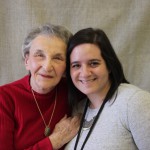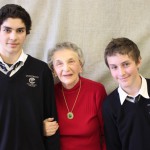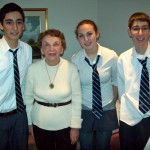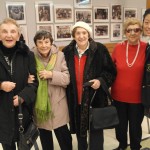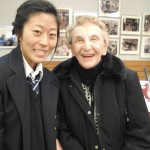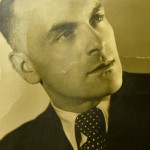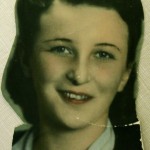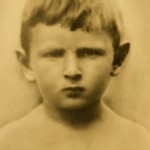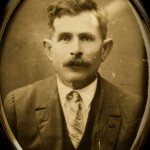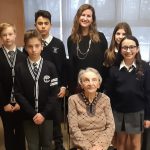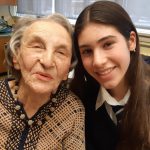Faye Wolpianska was born in Bieniekonie, Poland, in 1928. Her childhood came to an end in June 1941 when the Nazis came to her village. With the war underway, Faye and her family were quickly moved into a ghetto. As conditions worsened, the family made the decision to leave, ending up in the larger Vilna ghetto. Their lives drifted into starvation and slave labour. One day, Faye was laying railway ties in a labour camp and returned home to find that her family had disappeared. Now on her own, Faye decided to run. She spent months begging for food and shelter. She hid in barns, the woods, and fields, depending on the occasional farmer who would help her. As a young teen, she was brutalized, infested by lice, and forced to walk barefoot in the snow when her boots fell apart. When she wandered into a swamp, the partisans found her. Faye’s legs were frozen in the material that was wrapped around her feet, her skin peeling off with the material. Although there were no antibiotics or medicine, Faye miraculously survived. After liberation by the Russians in 1944, Faye returned to her hometown and learned that of the 500 Jews who had lived there, only 14 survived. Her father was murdered in a camp in Estonia, and her brother and sister were gassed in Auschwitz.
Faye arrived in Canada in 1948 and was joined by her mother in 1949. She married Mortz Kieffer in 1952, and together they have two sons and two grandchildren. We first met Faye at Baycrest’s Cafe Europa, where she has twice told her story to Crestwood students. In December 2013 and again in 2015 she visited us at Crestwood, where she sat down with Ms. Winograd’s English 8 class. In January 2020, she told her story to Ms. Doble’s Grade 8 students, and Grade 10 student Chiara Codron took the lead on Faye’s Oral History Project.
Videos
Click next video below to keep watching

